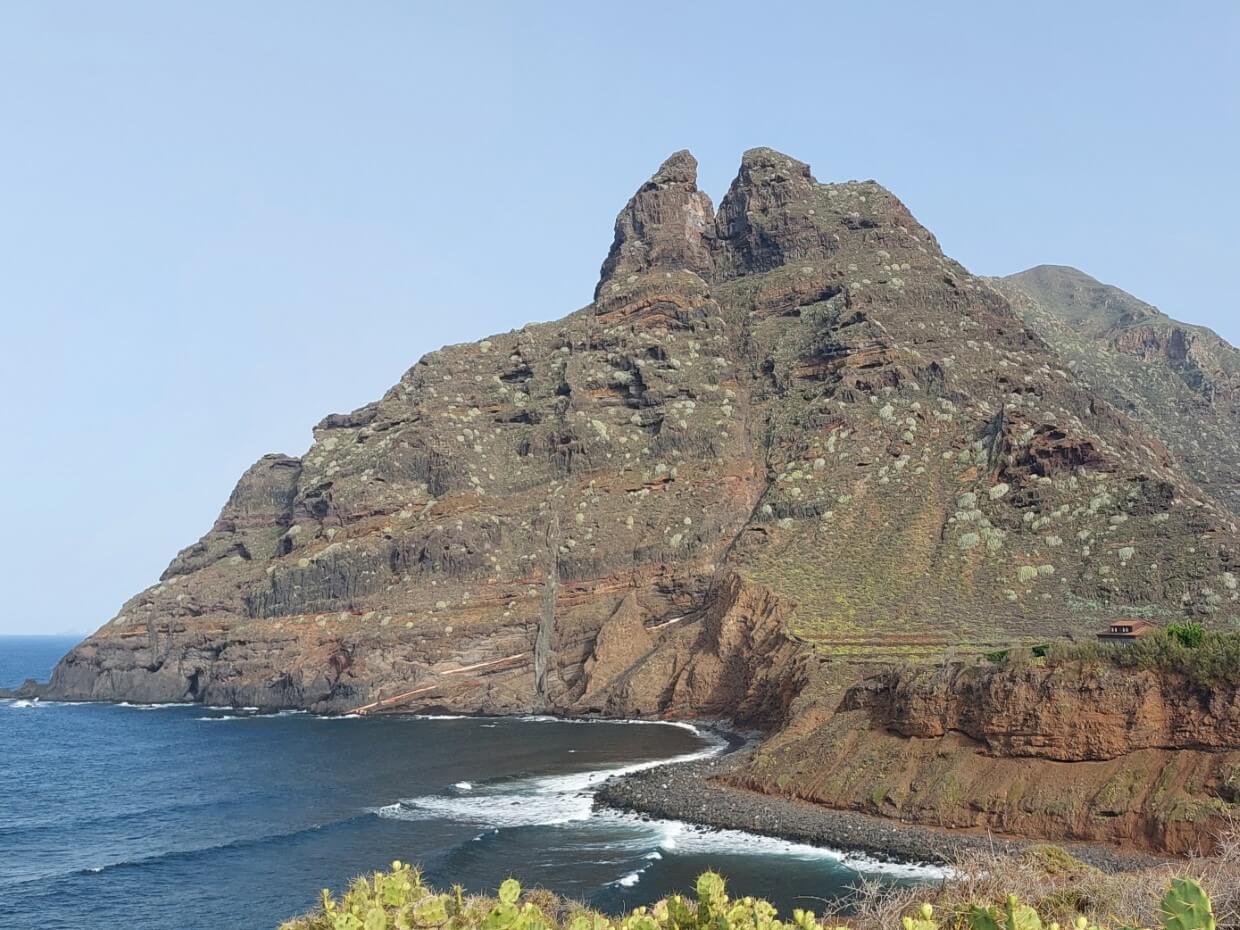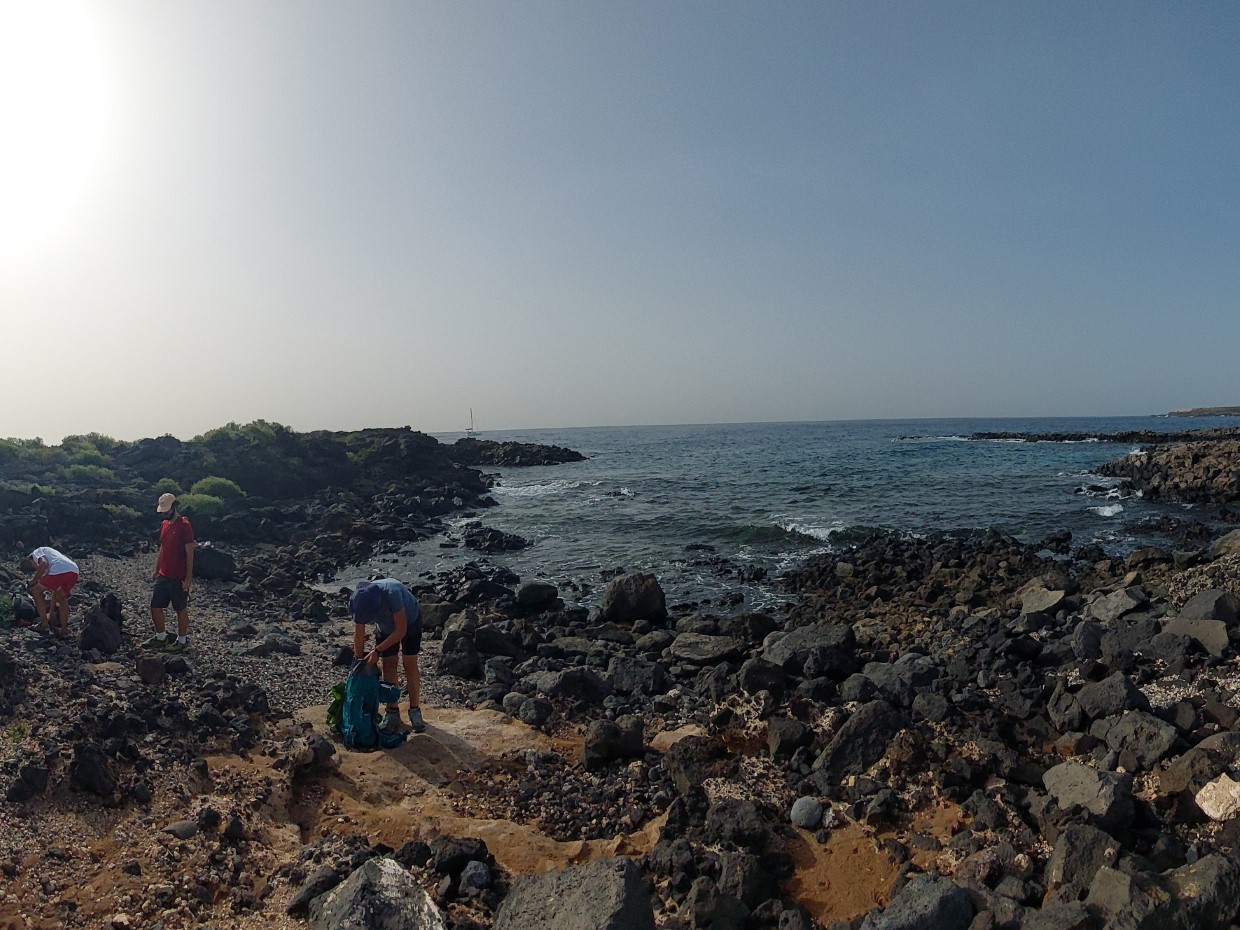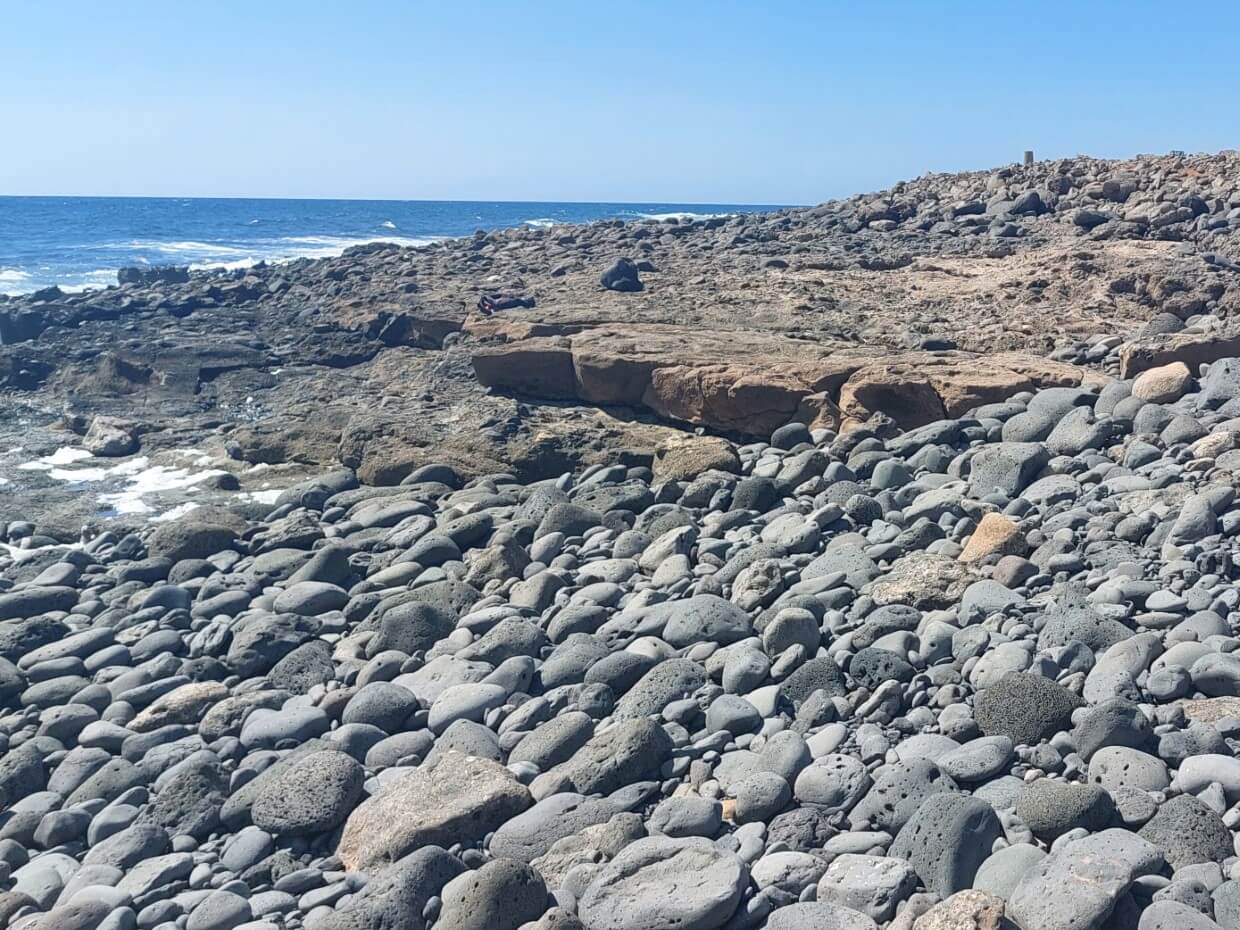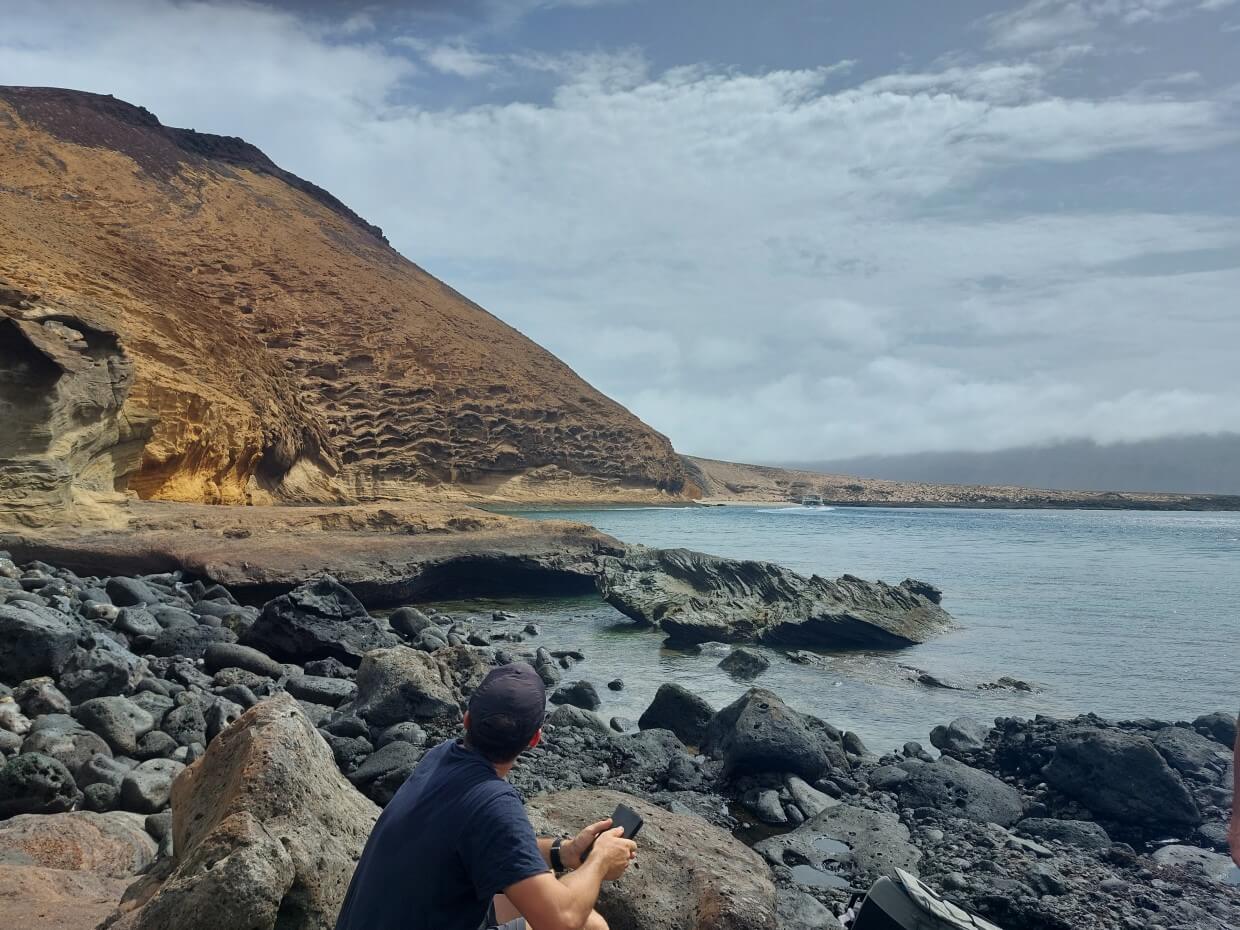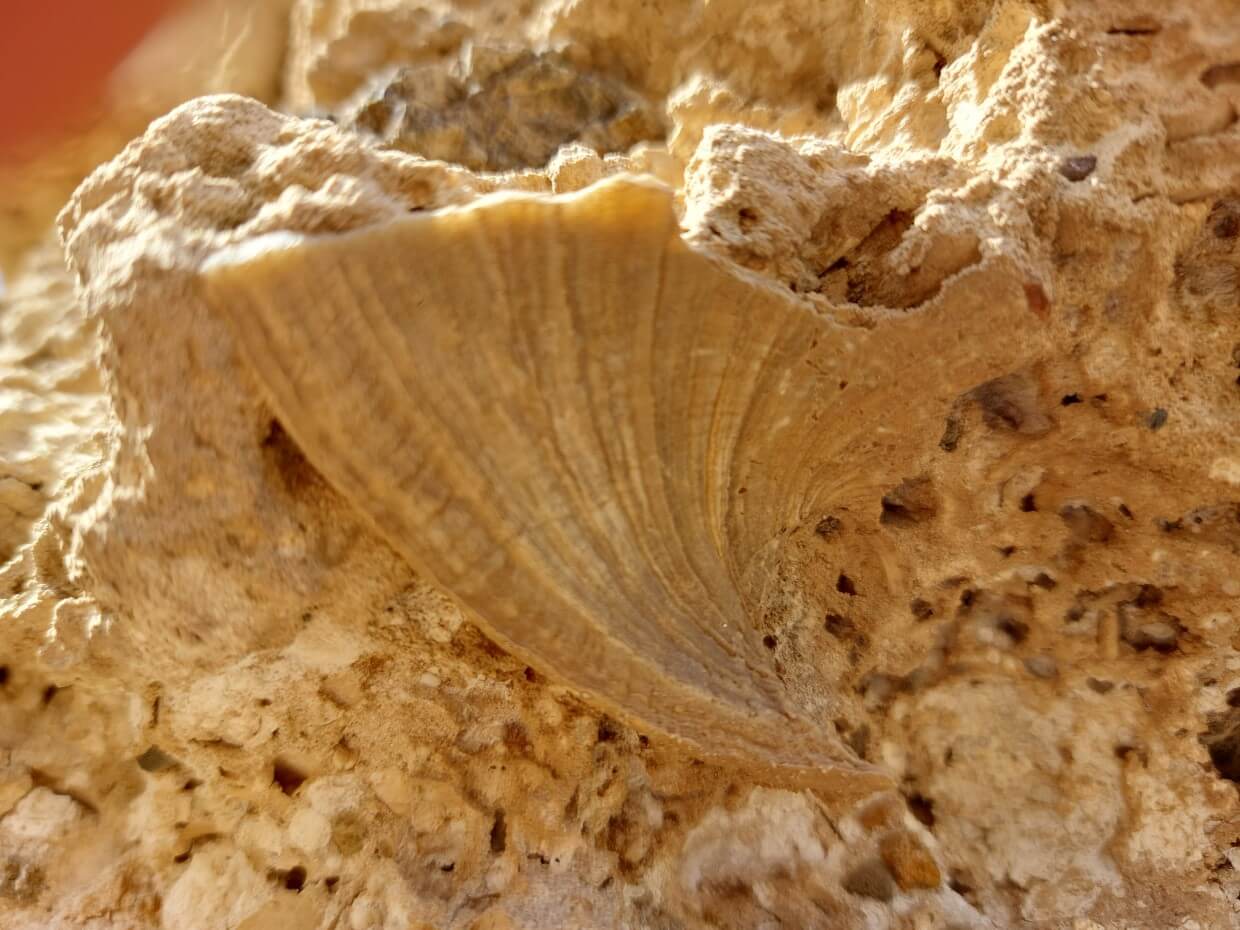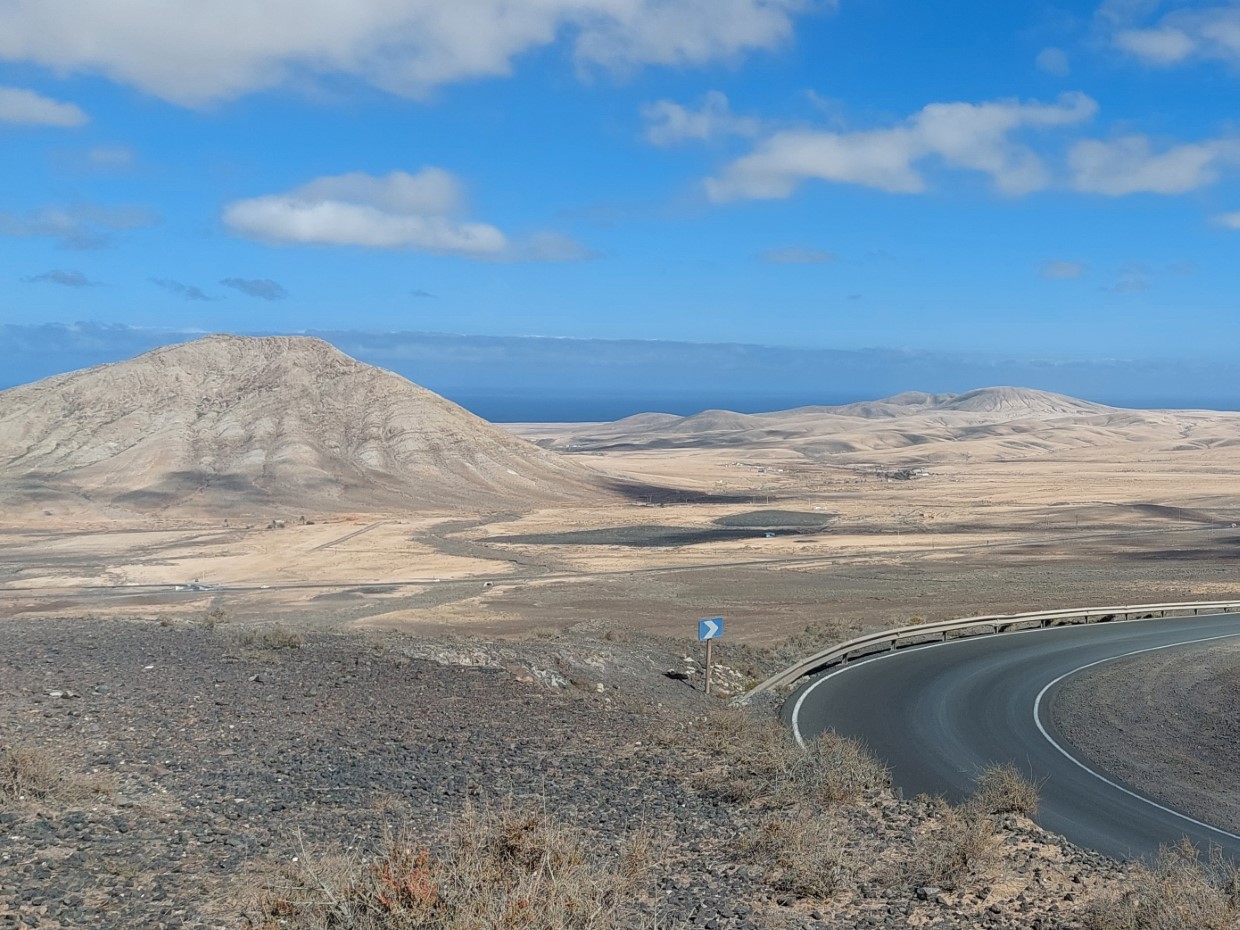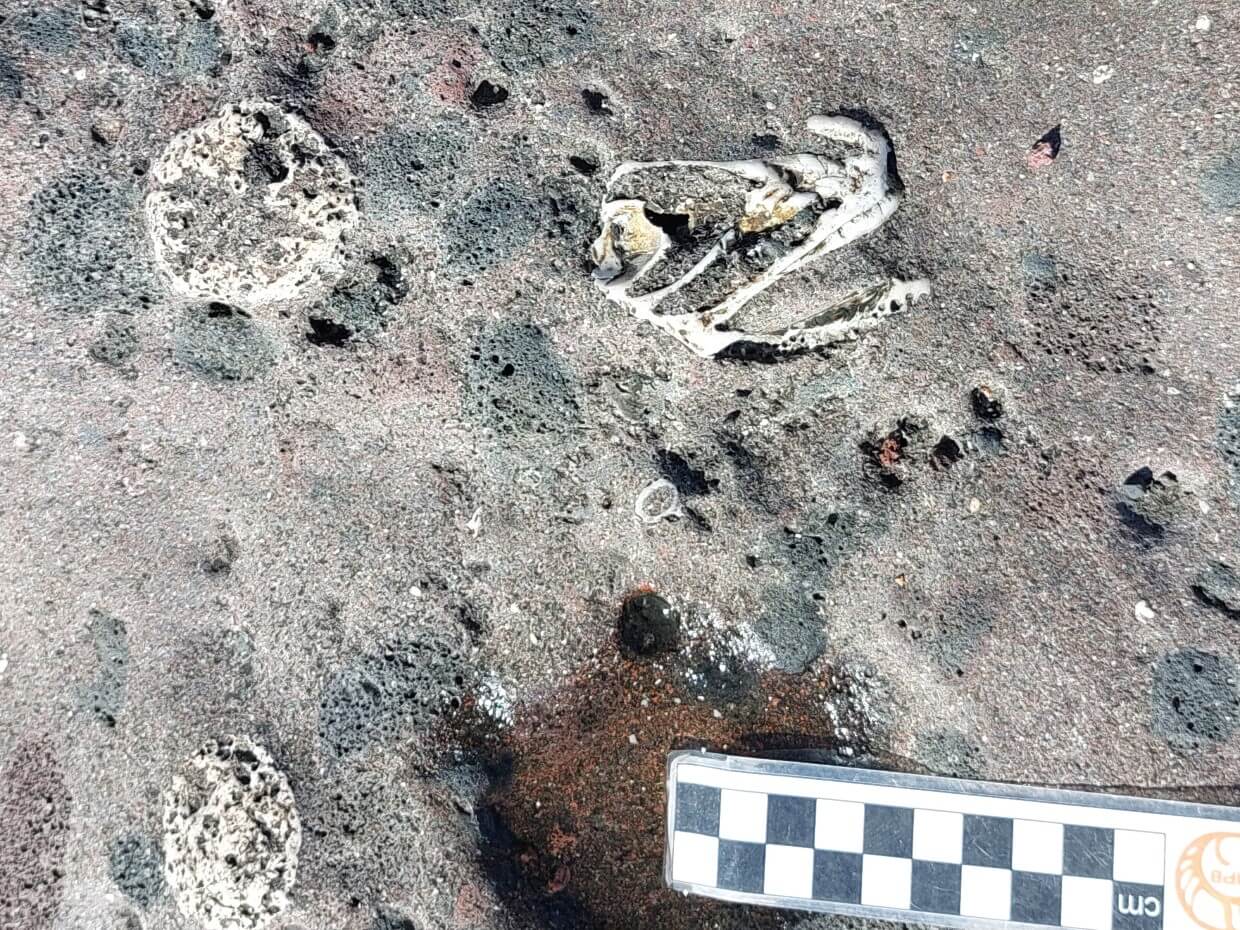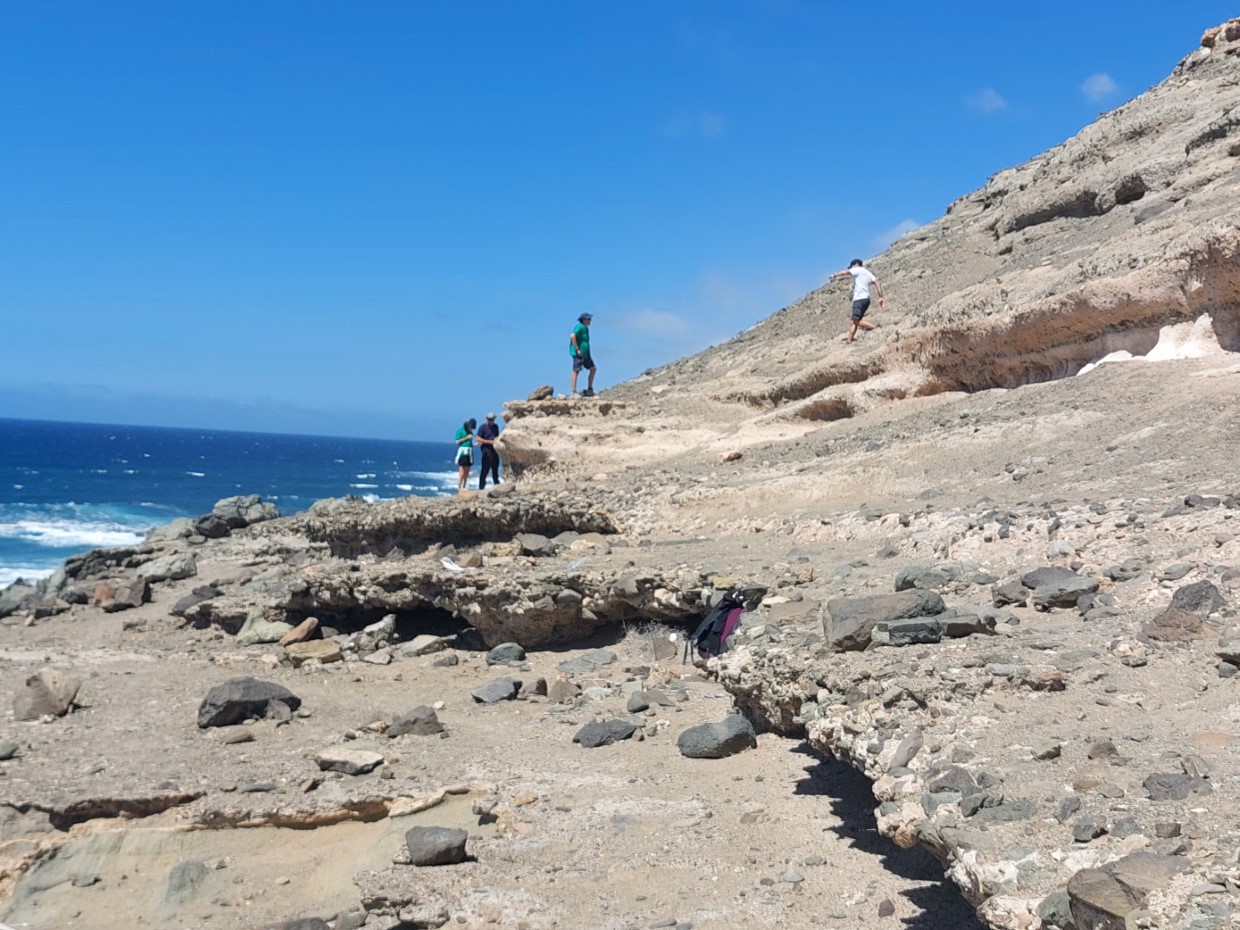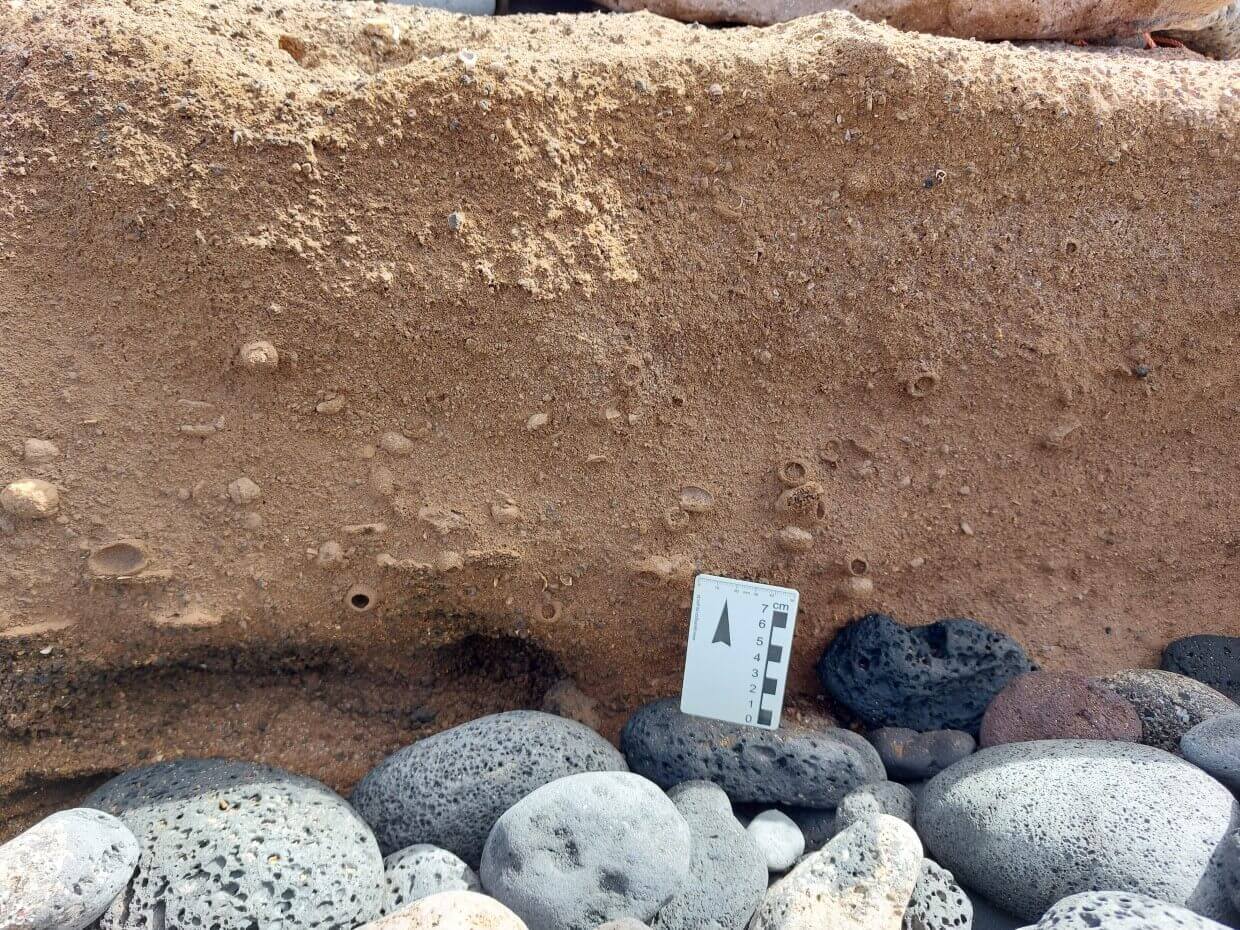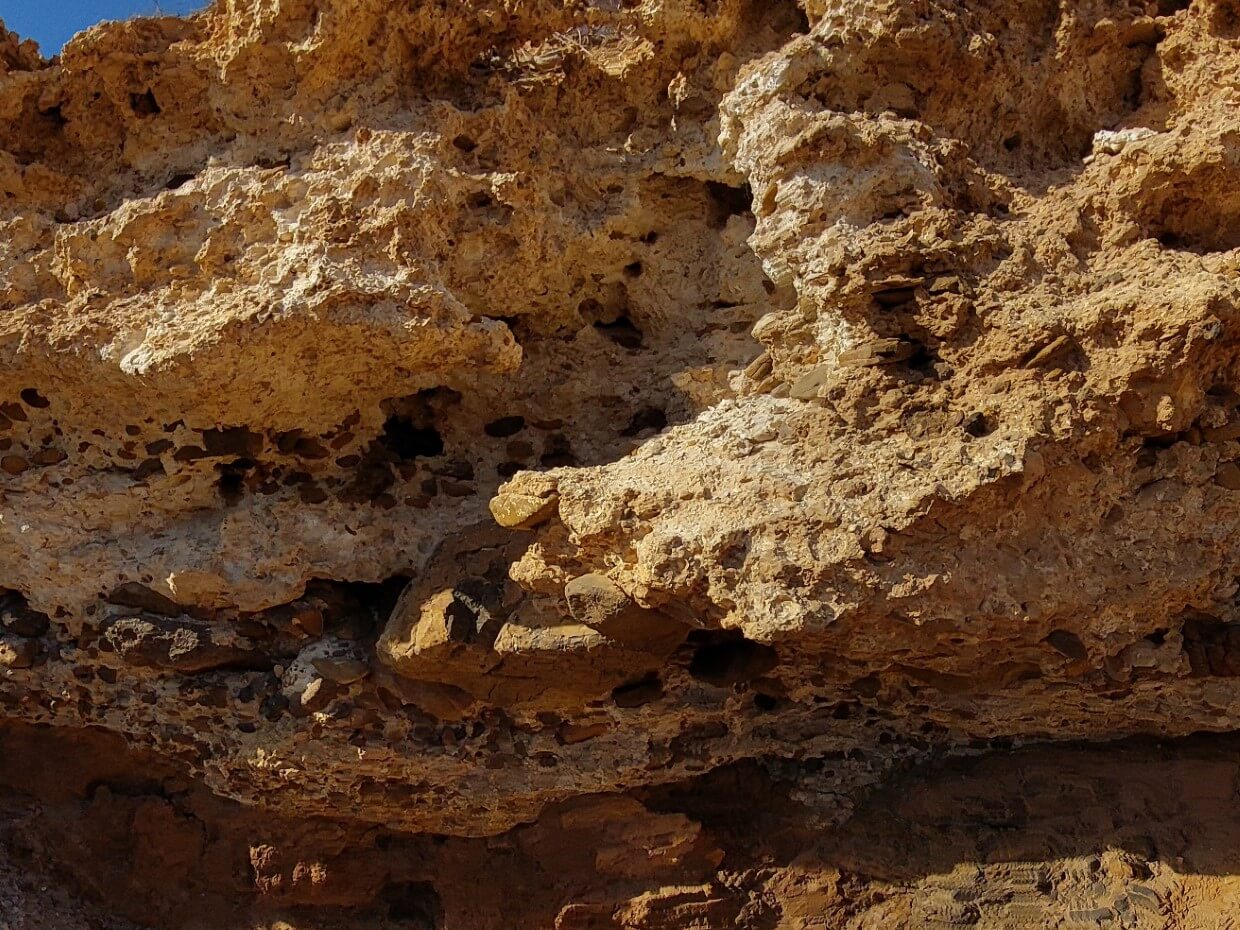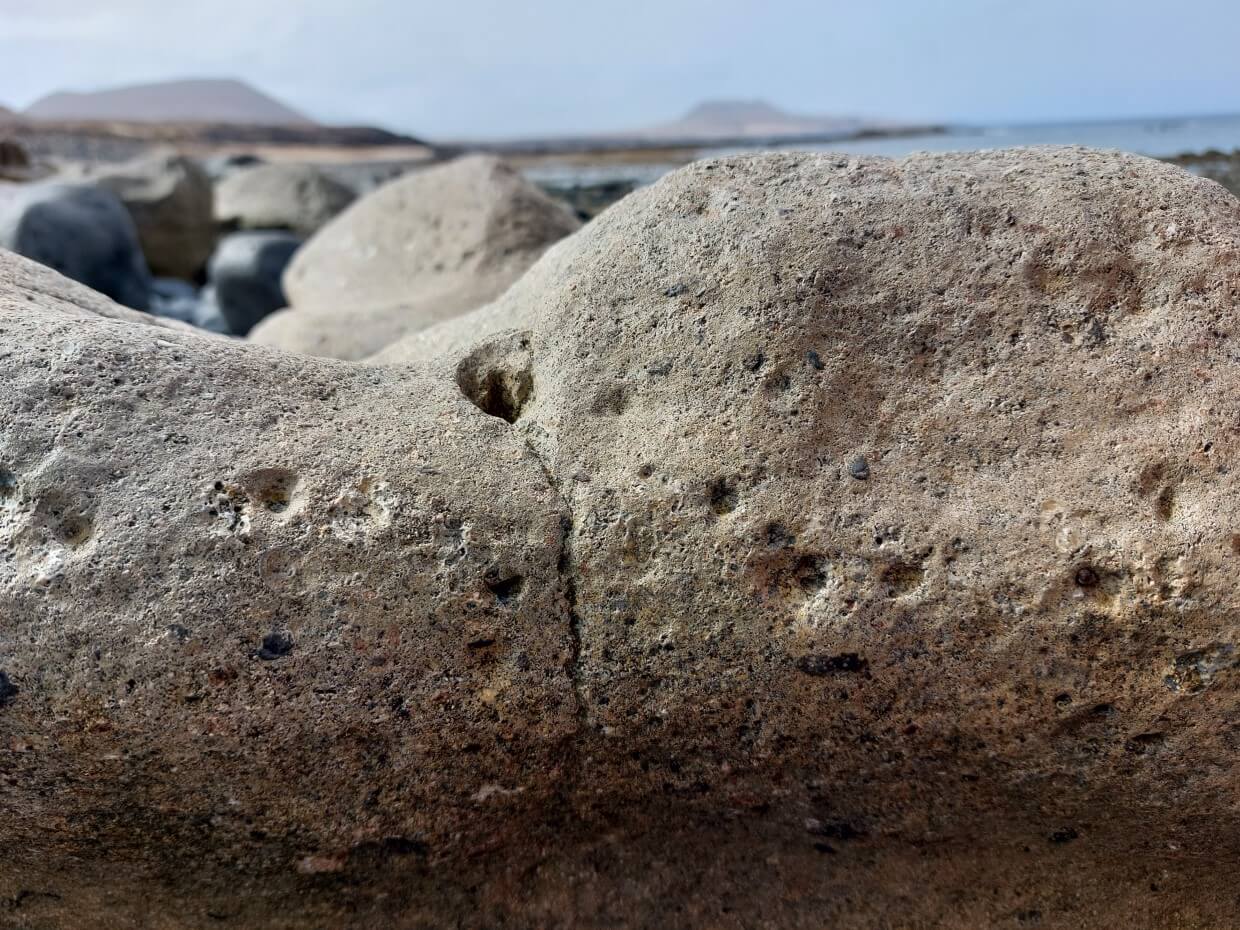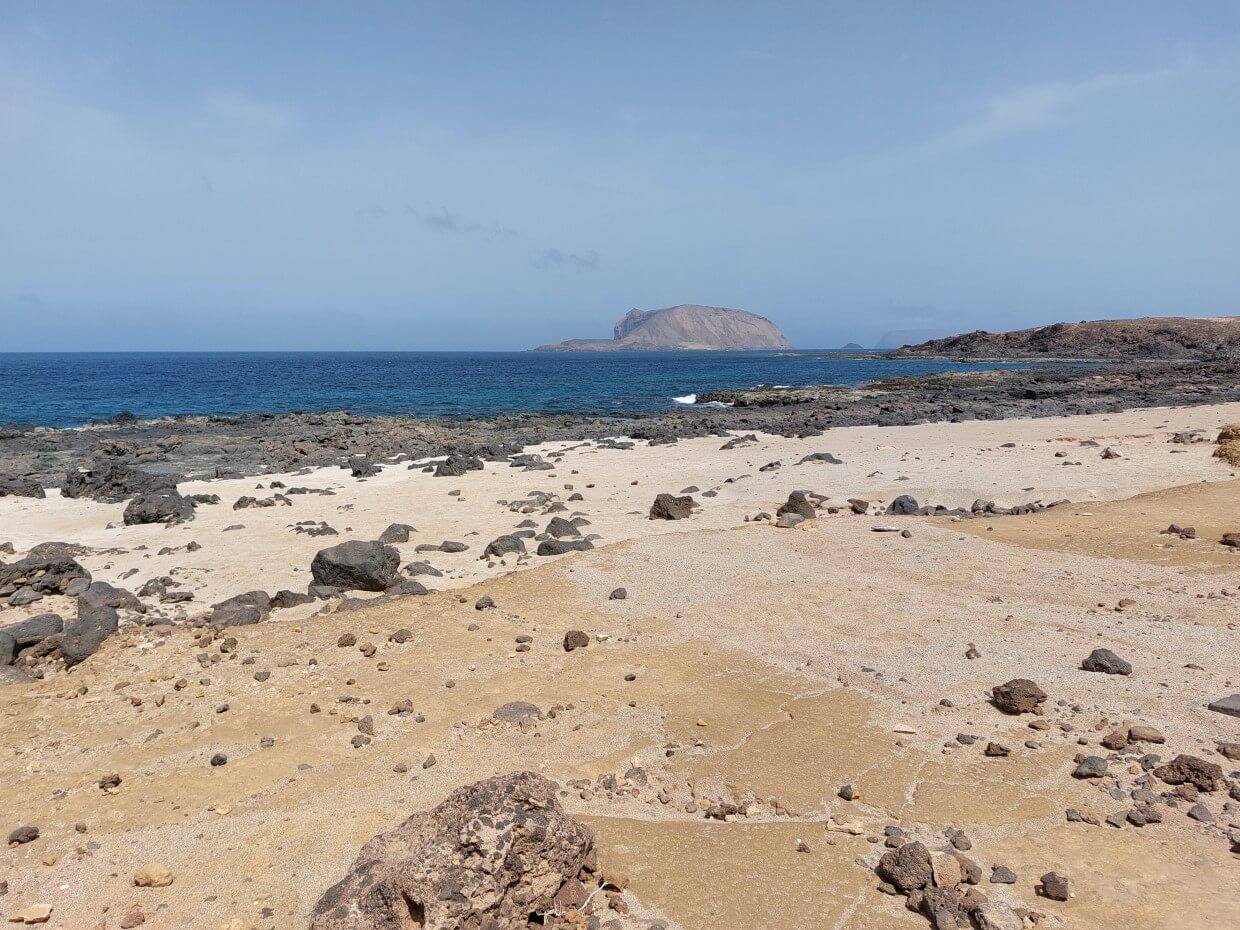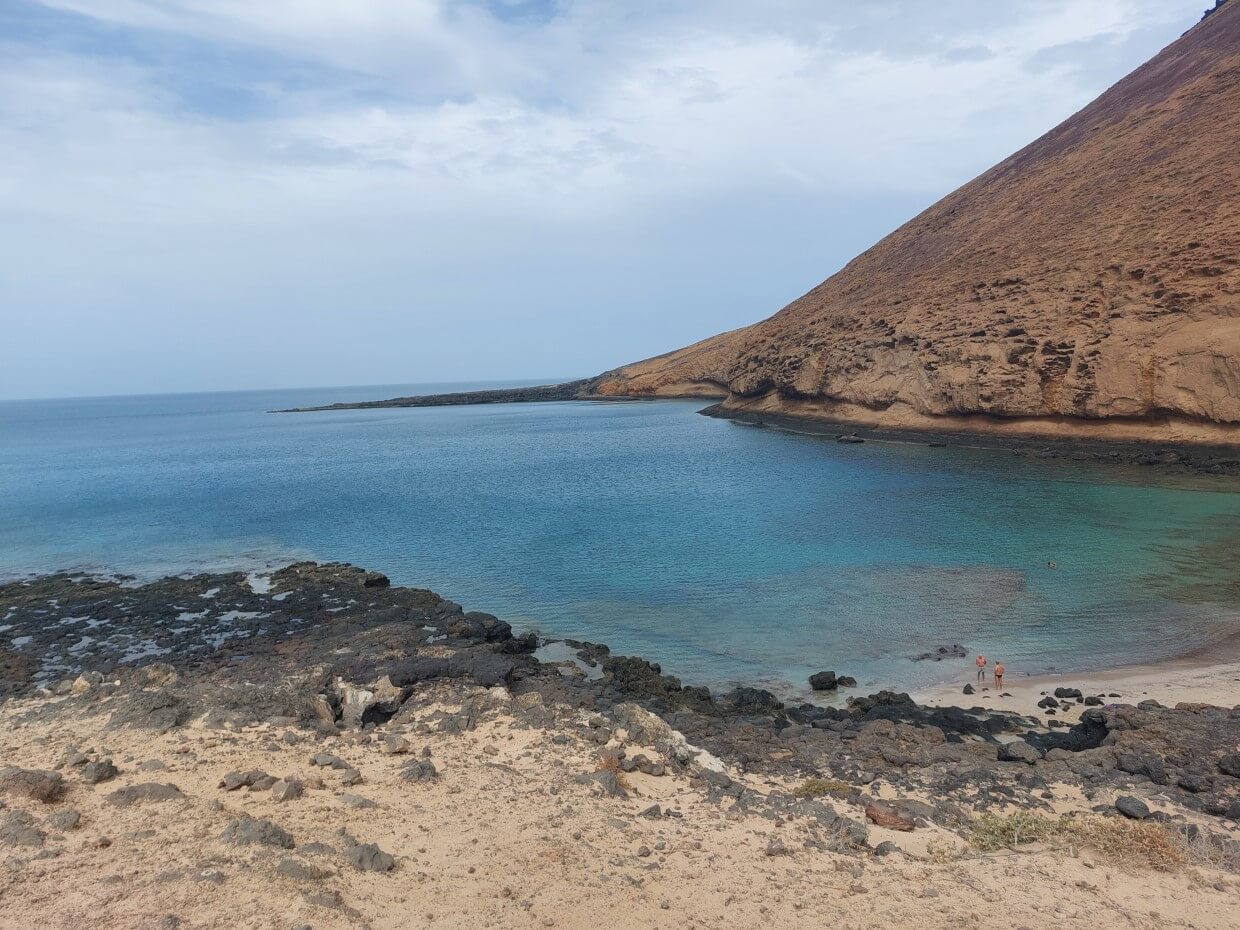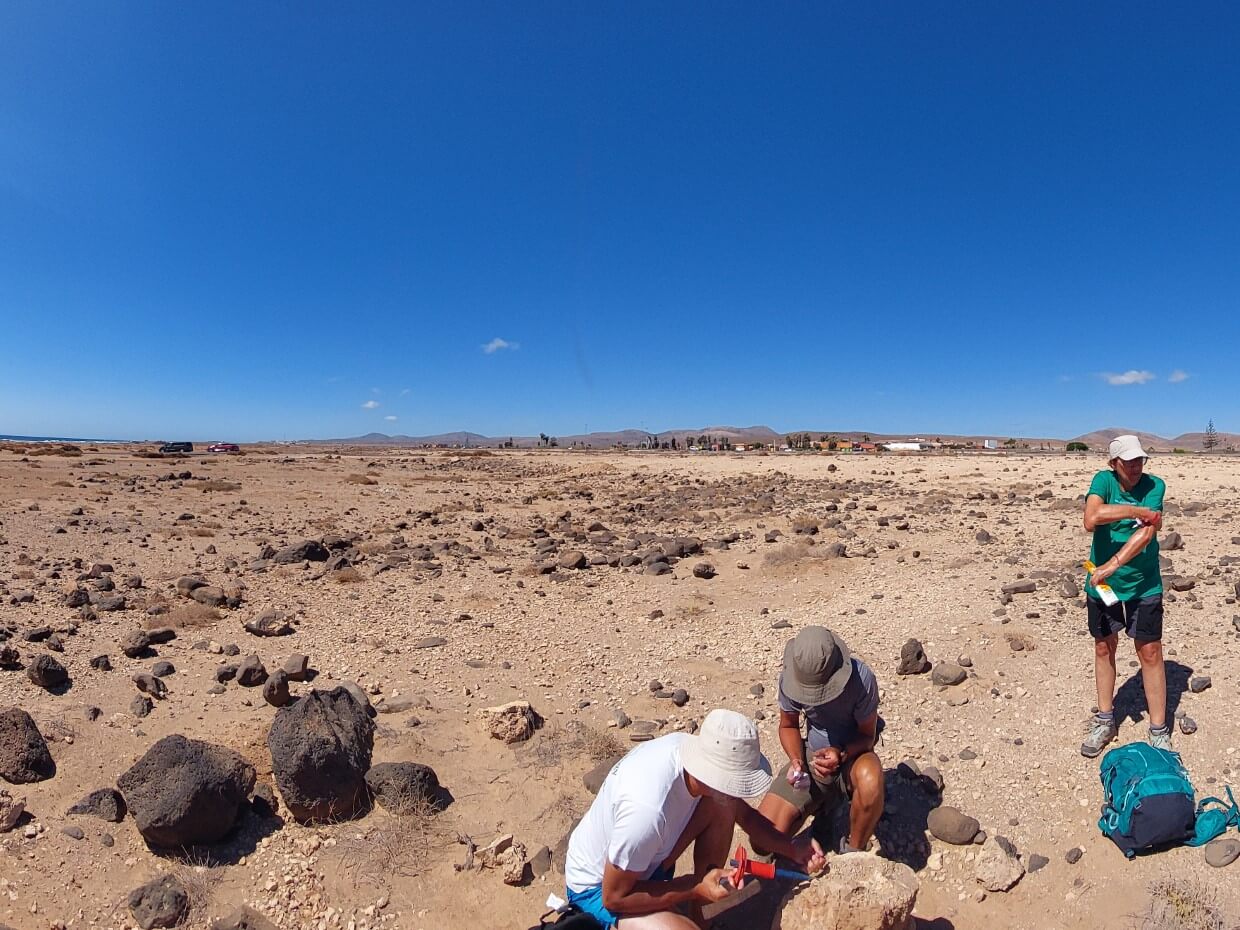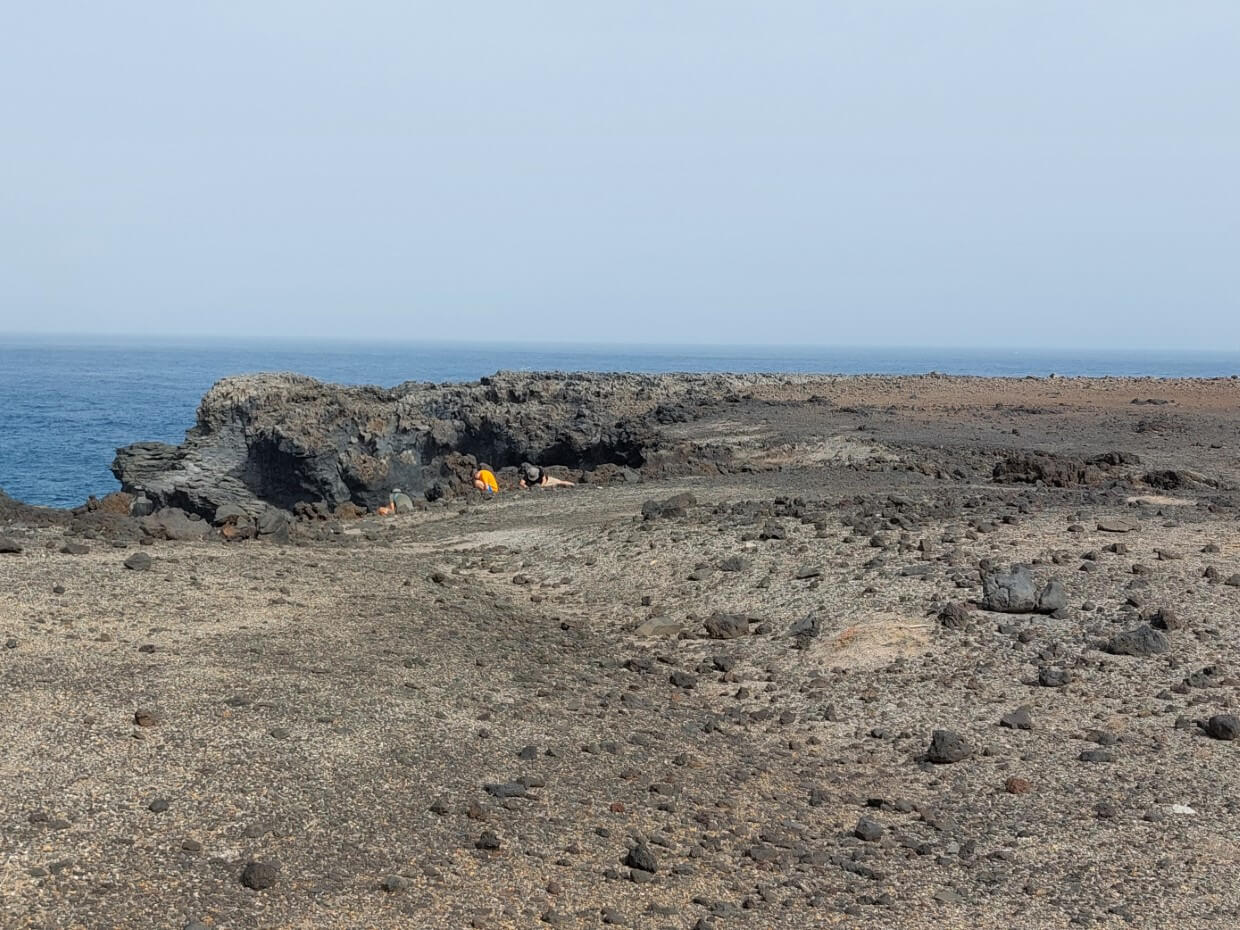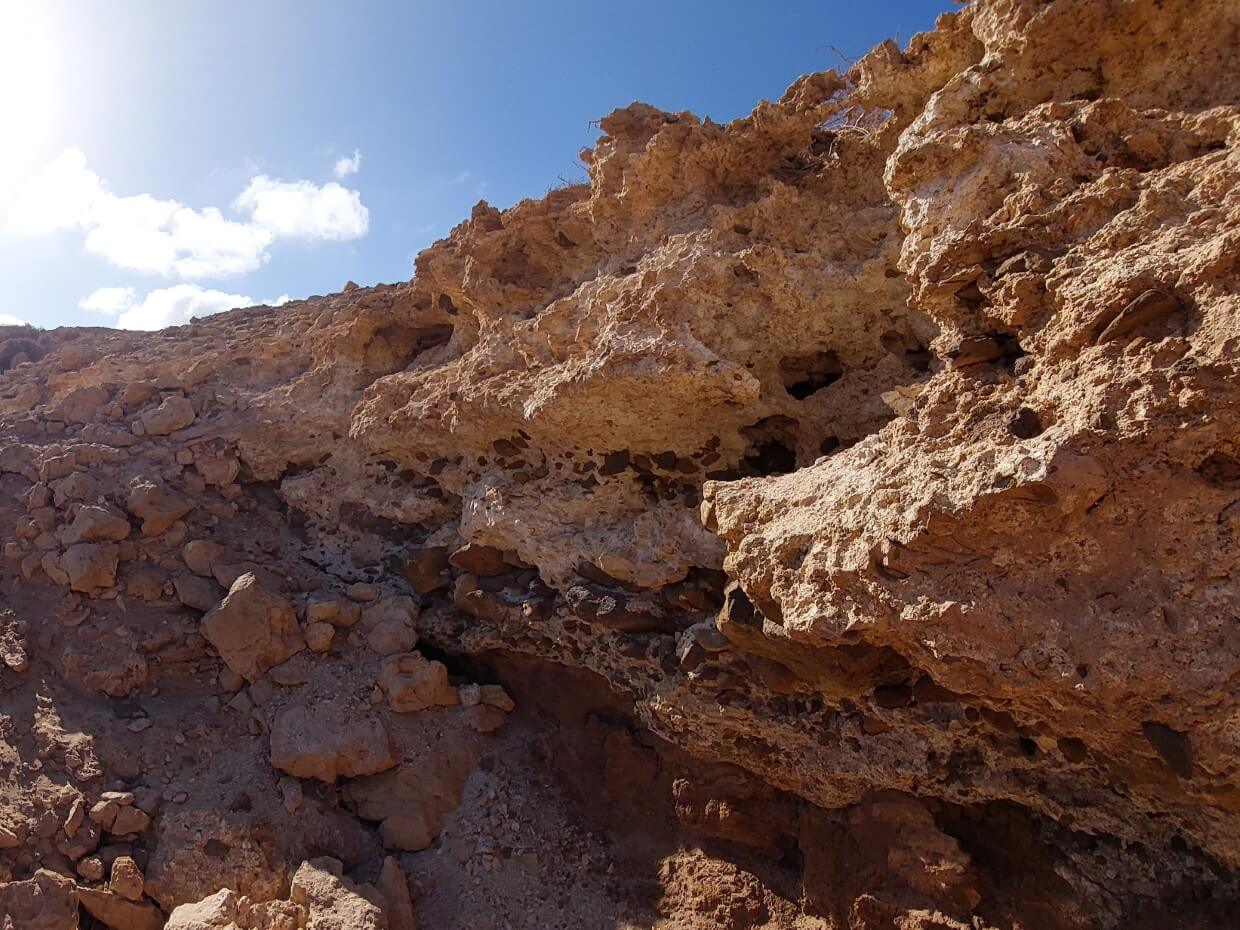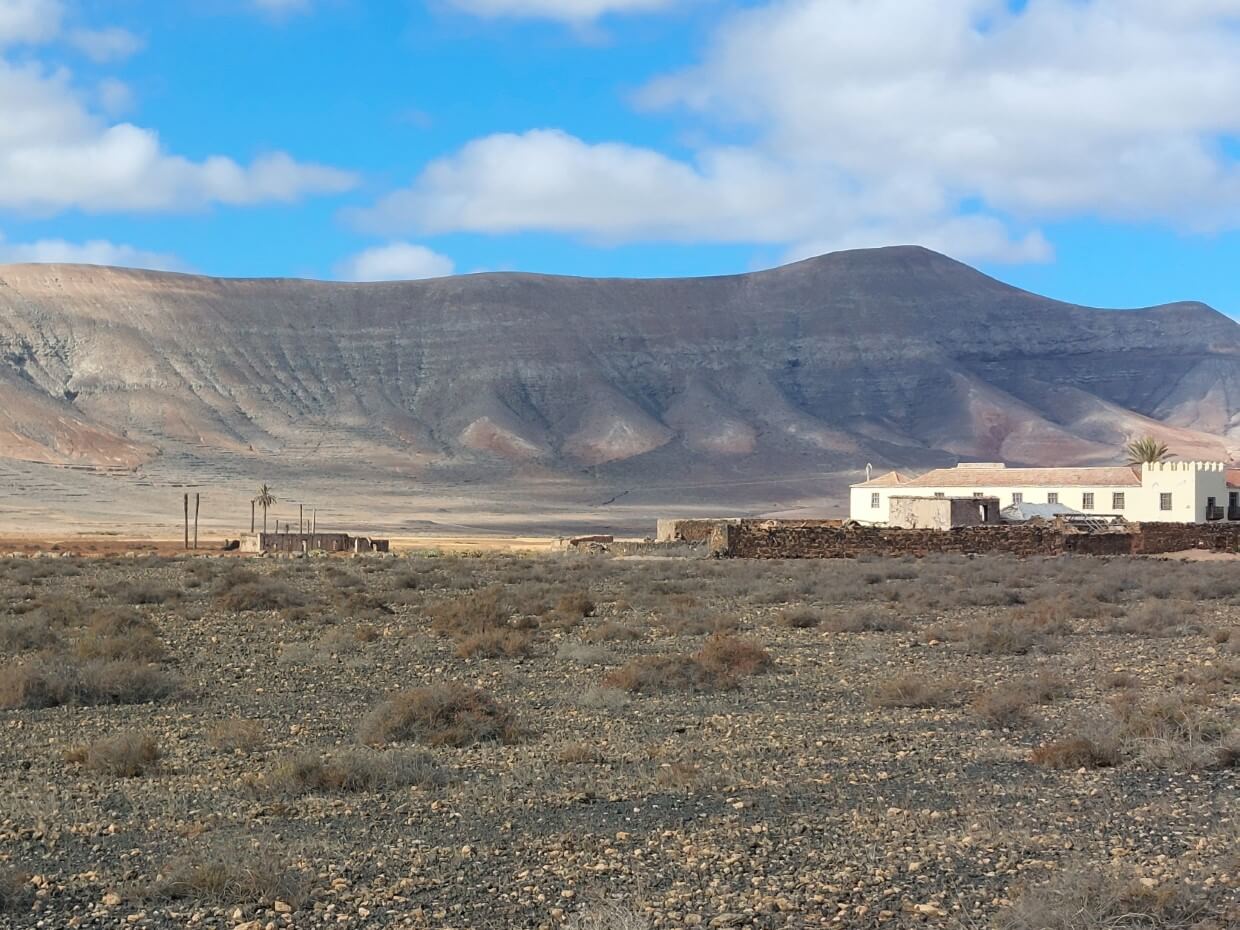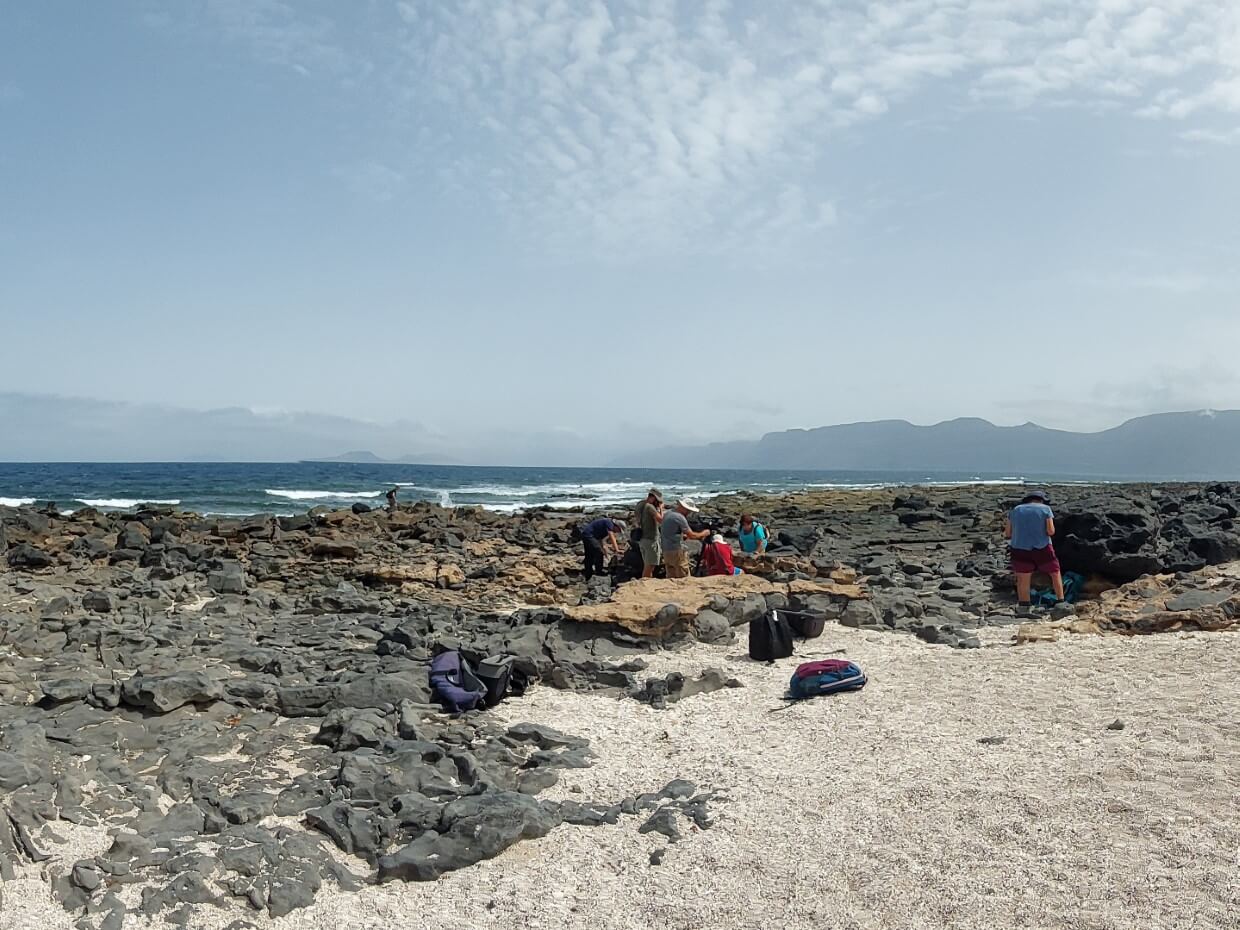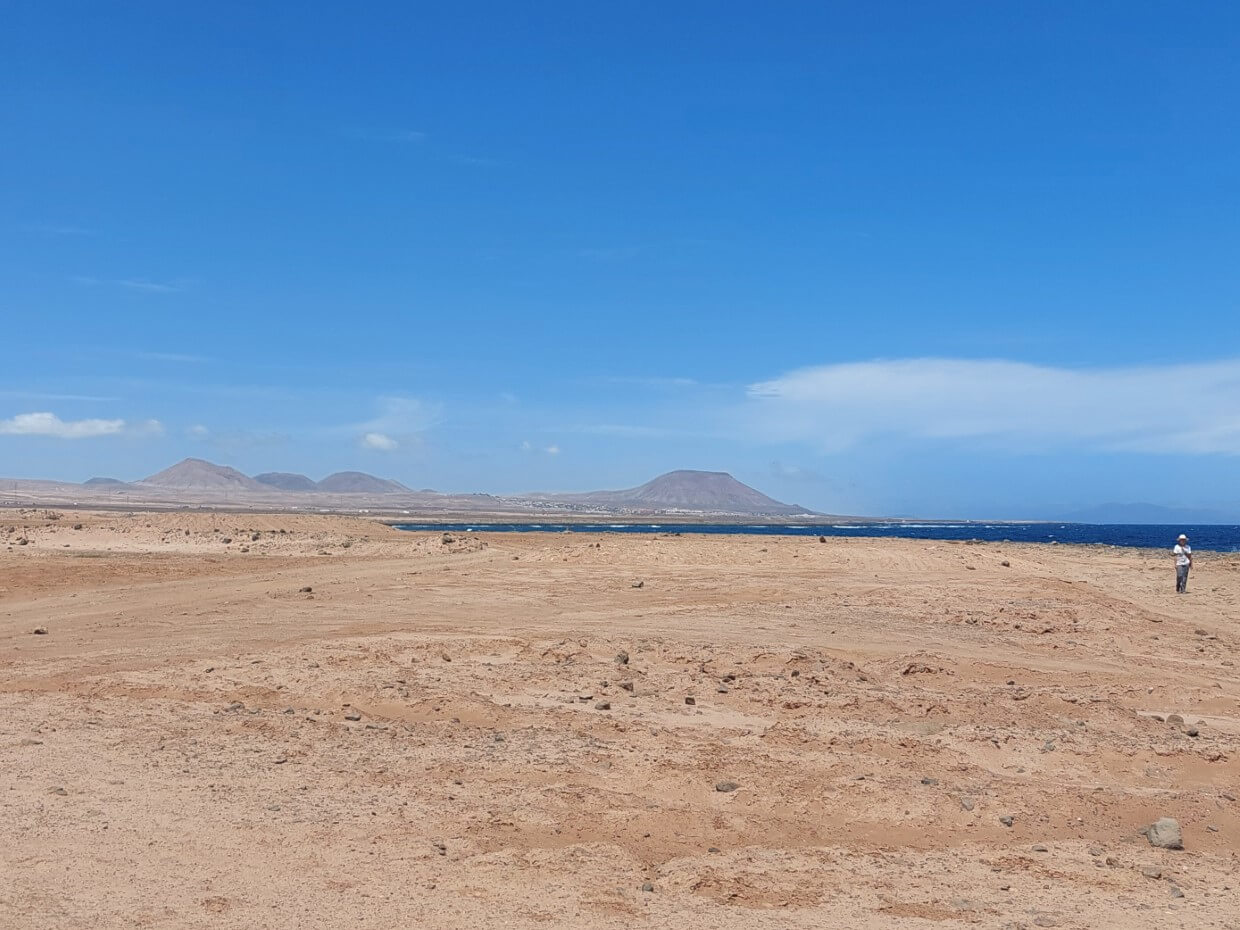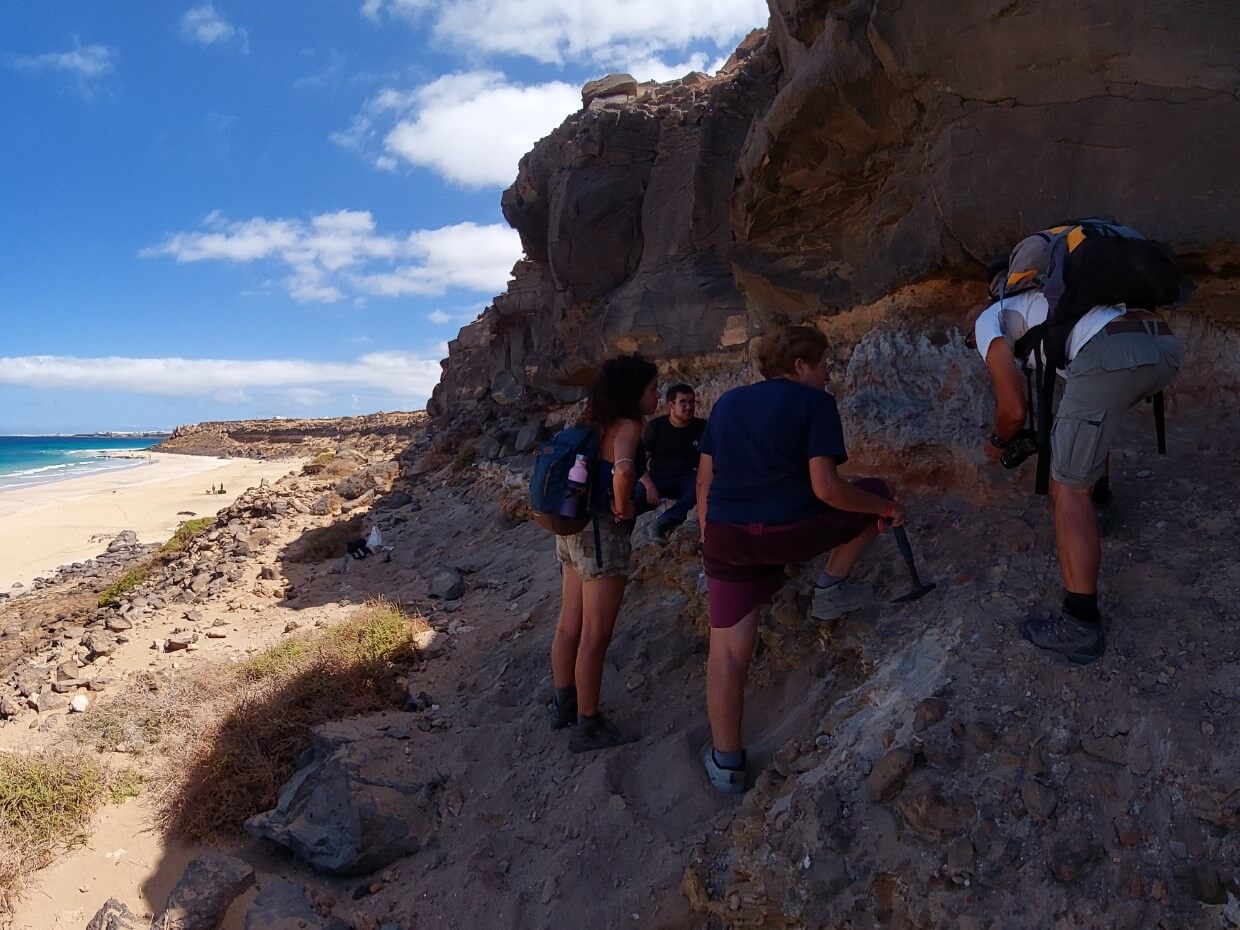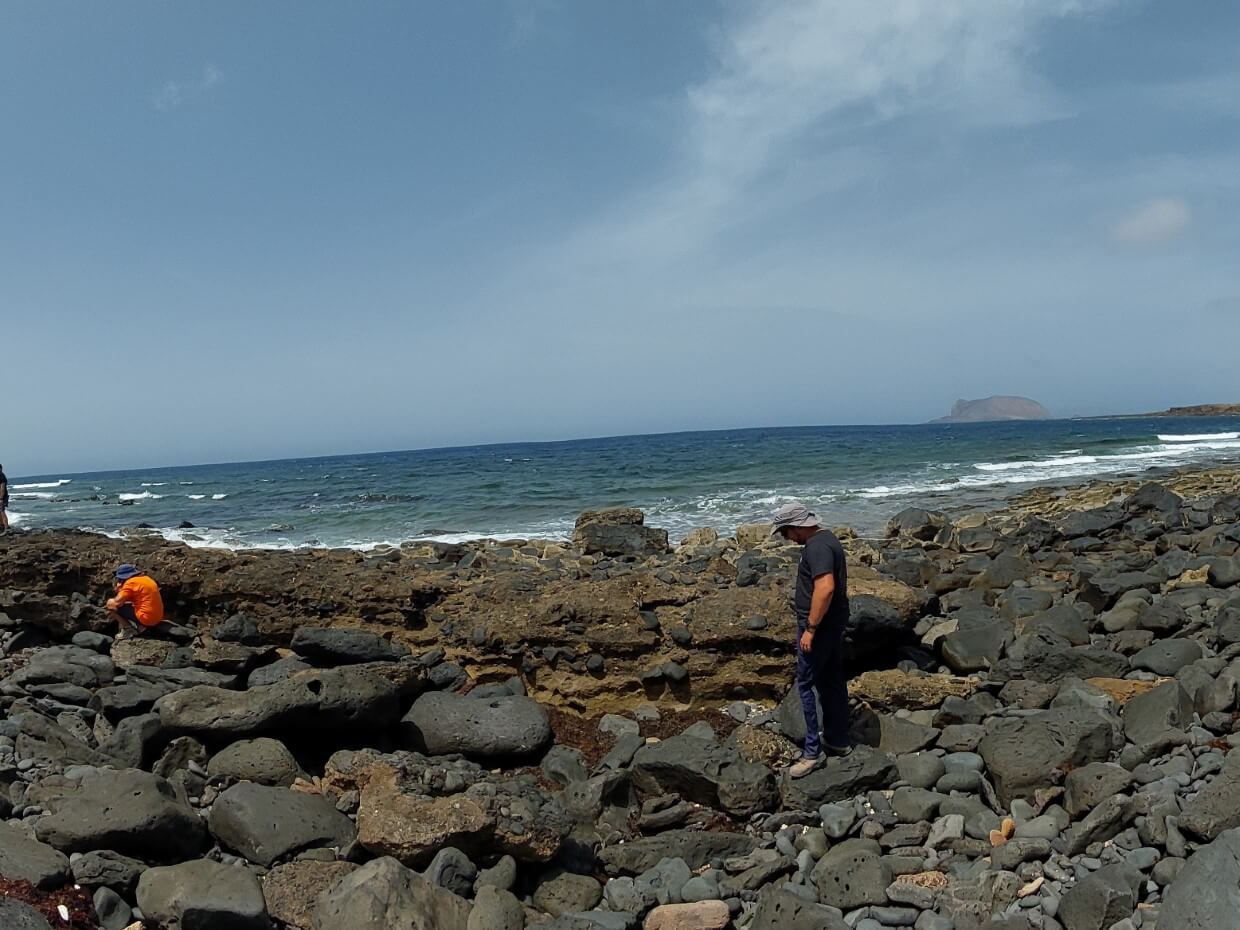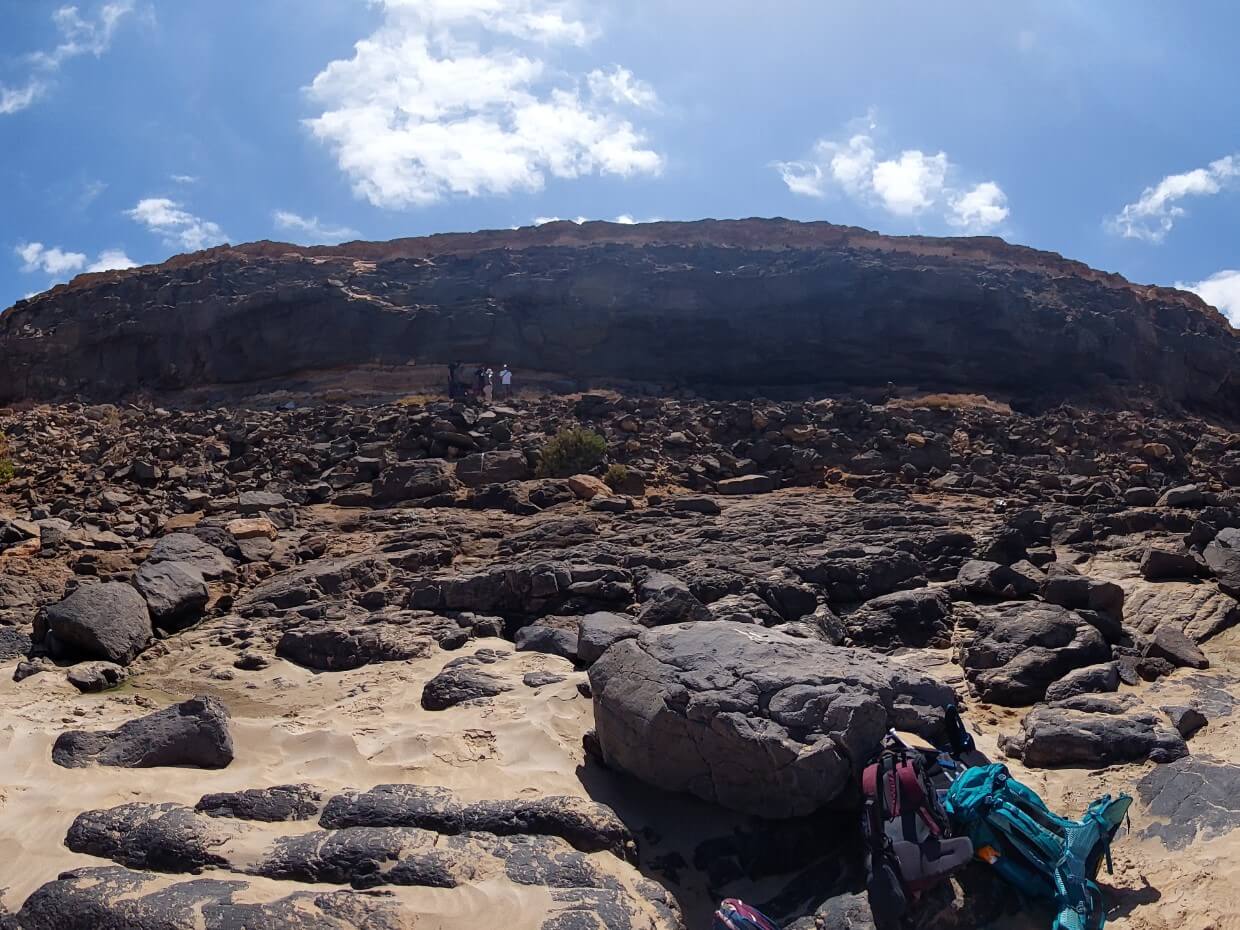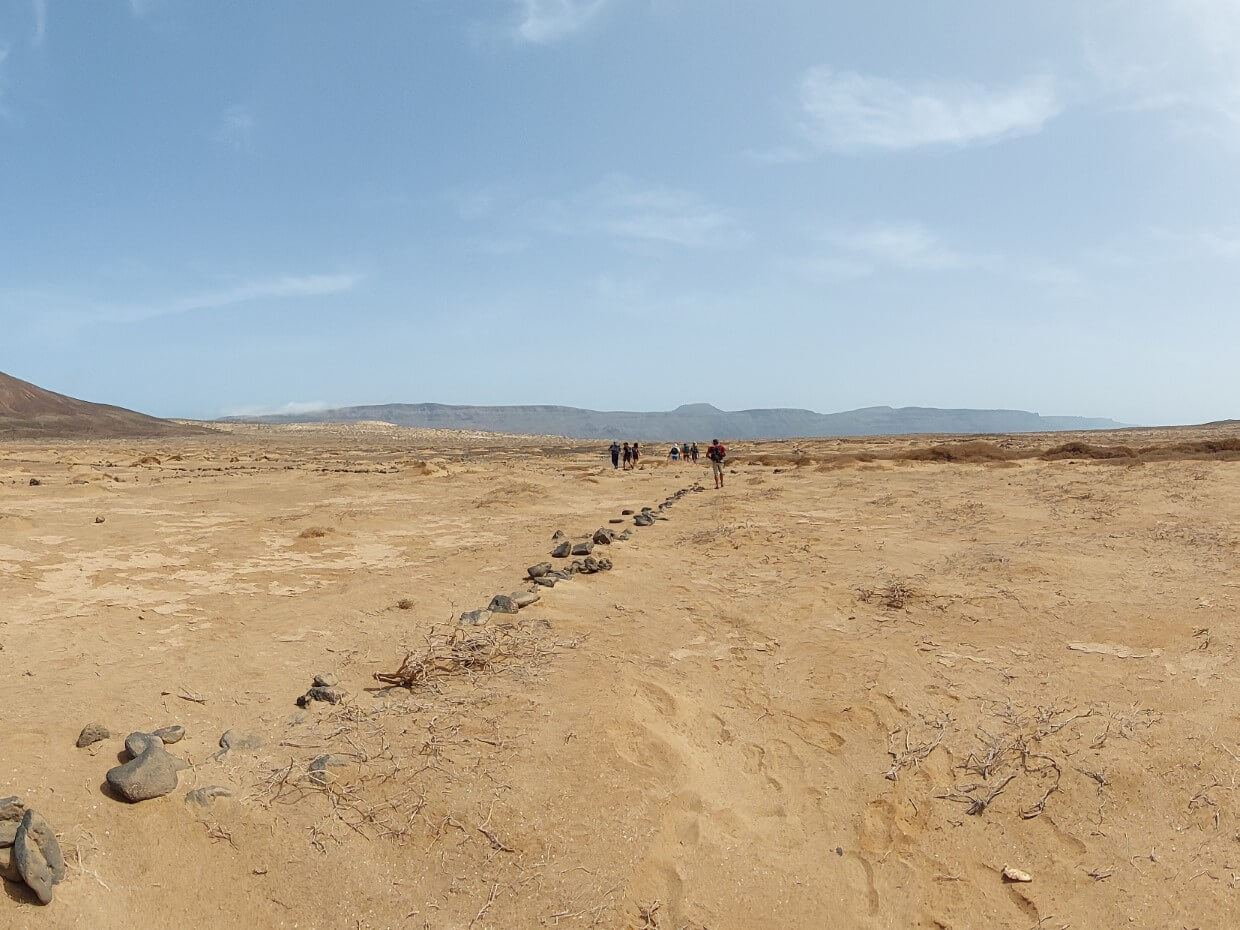Islas Canarias
El archipiélago Canario corresponde a un conjunto de siete grandes islas volcánicas oceánicas y cuatro islas/islotes menores, con edades comprendidas entre 23 Ma en Fuerteventura y 1,1 Ma en El Hierro (Bogaard, 2013). Las islas están situadas cerca de la costa africana (Lanzarote está a solo ~97 km), entre las latitudes 27°30′ y 29°24′ N, y las longitudes 18°09′ y 13°20′ O.
Las Islas Canarias son el resultado del vulcanismo del neógeno y cuaternario (Ancochea et al., 2004; King, 2007; Gurenko et al., 2010). Cuatro de las siete islas presentan depósitos fosilíferos marinos, cuyas edades oscilan entre el Plioceno y el Holoceno. Con respecto al Pleistoceno, se han registrado afloramientos de la fase isotópica marina 11 (MIS 11, ~400 ky), MIS 9 (~320 ky) y MIS 5e (Zazo et al., 2002; Johnson et al., 2012; Montesinos et al., 2014; Maréchal et al., 2020).
Los depósitos fosilíferos del Interglaciar Tardío han sido descritos desde altitudes que oscilan entre -0,5 m y +2 m (Zazo et al., 2002), lo que dificulta el uso de la altimetría como método de datación o identificación de estes afloramientos como indicadores bioestratigráficos.
Explore los datos de paleobiodiversidad de las Canarias
Bibliografía
ANCOCHEA, E., J.L. BARRERA, F. BELLIDO, R. BENITO, L. BRANDLE, M. CEBRIA, J. COELLO, C.R. CUBAS, J. DE LA NUEZ, M. DOBLAS, J.A. GÓMEZ, F. HERNÁN, R. HERRERA, M.J. HUERTAS, J. LÓPEZ RUIZ, J. MARTÍ, M. MUÑOZ & J. SAGREDO, 2004. Canarias y el Vulcanismo Neógeno peninsular. In: VERA, J.A. (Ed.), Geología de España. SGEIGME, Madrid, pp. 635–682.
BOGAARD, P., 2013. The origin of the Canary Island Seamount Province d new ages of old seamounts. Scientific Reports, 3: 2107.
CARRACEDO, J.C. & V.R. TROLL, 2016. The Geology of the Canary Islands, first ed. Elsevier, Amsterdan, p. 621.
GELDMACHER, J., K. HOERNLE, P. BOGAARD, S. DUGGEN & R. WERNER, 2005. New 40 Ar/39 Ar age and geochemical data from seamounts in the Canary and Madeira volcanic provinces: support for the mantle plume hypothesis. Earth and Planetary Science Letters, 237 (1): 85–101.
GURENKO, A.A., K.A. HOERNLE, A.V. SOBOLEV, F. HAUFF & H.-U. SCHMINCKE, 2010. Source components of the Gran Canaria (Canary Islands) shield stage magmas: evidence from olivine composition and Sr-Nd-Pb isotopes. Contributions to Mineralogy and Petrology, 159: 689–702.
JOHNSON, M.E., GUDVEIG BAARLI, B., M. CACHÃO, C.M. DA SILVA, J. LEDESMA-VÁZQUEZ, E.J. MAYORAL, R.S. RAMALHO & A. SANTOS, 2012. Rhodoliths, uniformitarianism, and Darwin: Pleistocene and Recent carbonate deposits in the Cape Verde and Canary archipelagos. Palaeogeography, Palaeoclimatology, Palaeoecology, 329–330: 83–100.
KING, S.D., 2007. Hotspots and edge-driven convection. Geology, 35 (3): 223–226.
MARÉCHAL, C., A., BOUTIER, M.-A. MÉLIÈRES, T. CLAUZEL, J.F. BETANCORT, A. LOMOSCHITZ, J. MECO, F. FOUREL, A. BARRAL, R. AMIOT & C. LÉCUYER, 2020. Last interglacial Sea Surface warming during the Sea-level highstand in the Canary Islands: implications for the canary current and the upwelling off African coast. Quaternary Science Reviews, 234: 106246.
MONTESINOS, M., A.J.G. RAMOS, A. LOMOSCHITZ, J. COCA, A. REDONDO, J.F. BETANCORT & J. MECO, 2014. Extralimital Senegalese species during marine isotope stages 5.5 and 11 in the Canary Islands (29° N): Sea Surface temperature estimates. Palaeogeography, Palaeoclimatology, Palaeoecology, 410: 153–163.
ZAZO, C., J.L. GOY, C. HILLAIRE-MARCEL, P.Y. GILLOT, V. SOLER, J.A. GONZÁLEZ, C.J. DABRIO & B. GHALEB, 2002. Raised marine sequences of Lanzarote and Fuerteventura revisited e a reappraisal of relative sea-level changes and vertical movements in the eastern Canary Islands during Quaternary. Quaternary Science Reviews, 21: 2019–2046.
Como citar:
MPDb (2023). Canárias. Base de datos de Paleobiodiversidad de la Macaronesia. https://macpaleo.uac.pt/es/islas-canarias/

